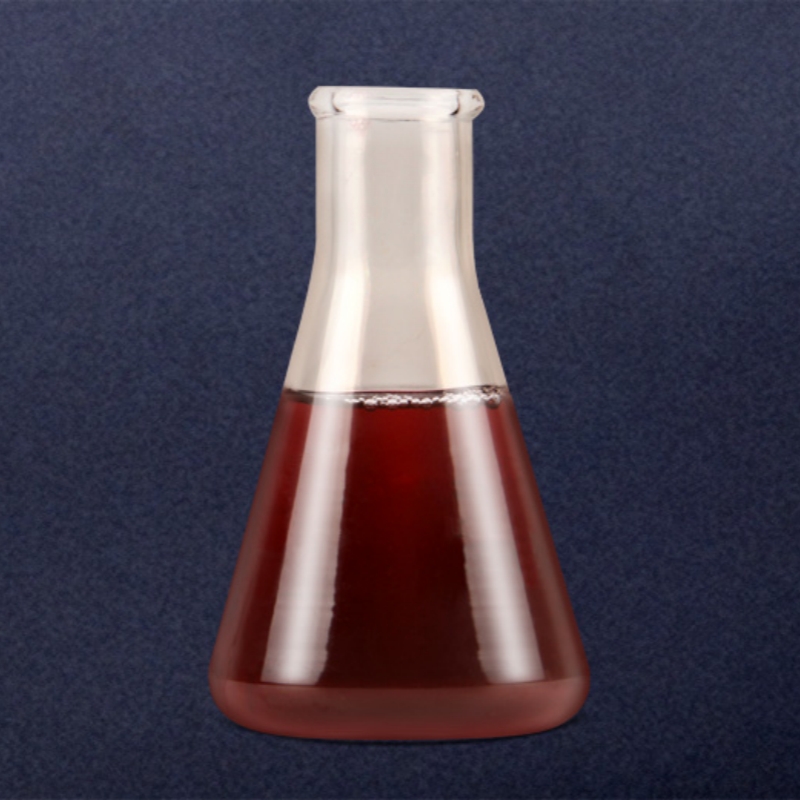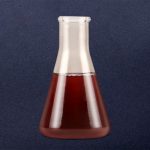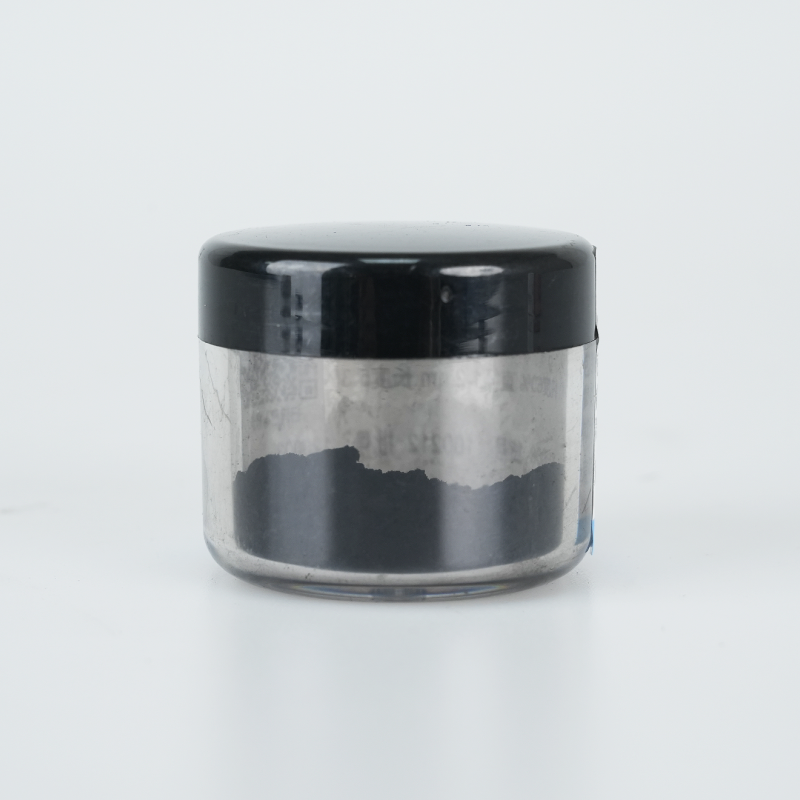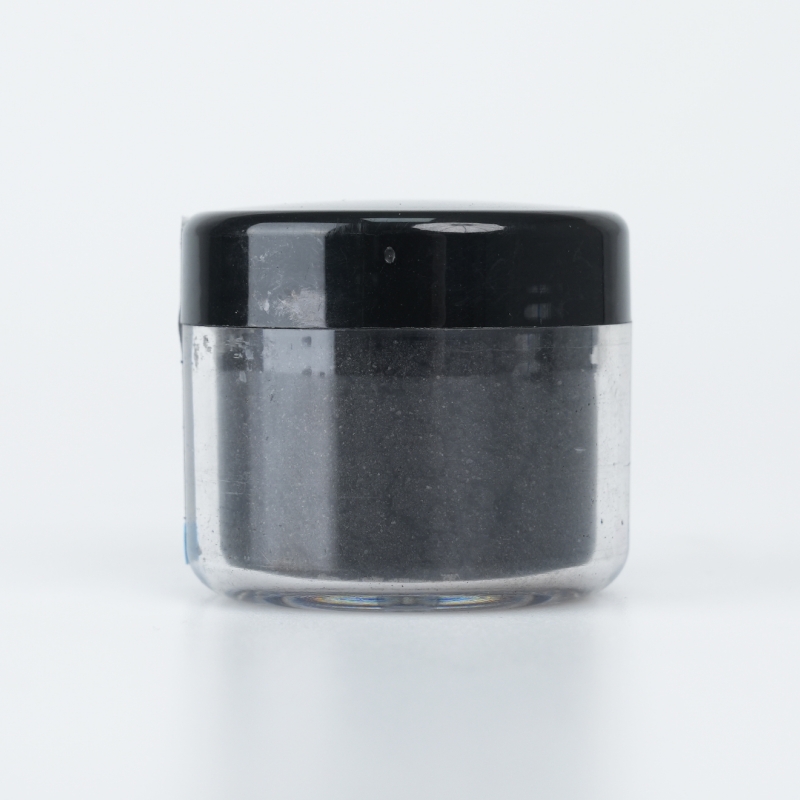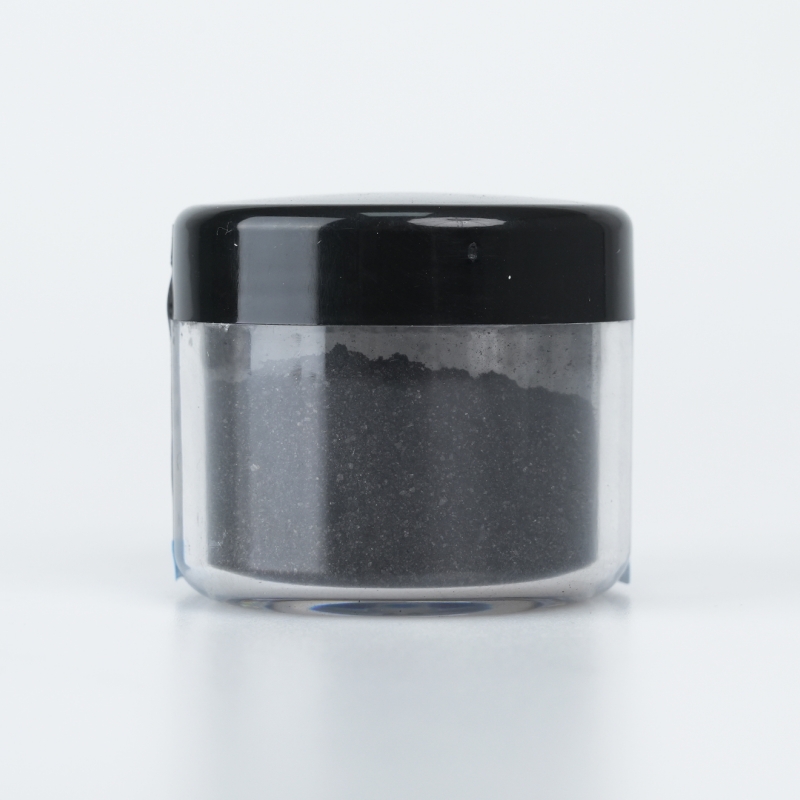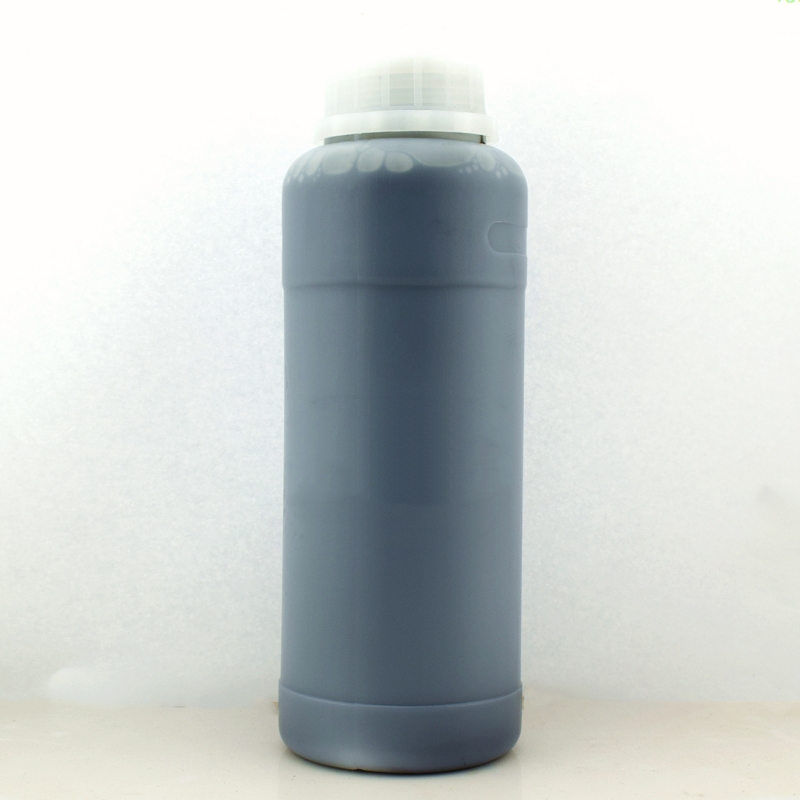CTAB-modified gold nanorods provide optimized surface functionalization, superior plasmonic properties, and enhanced dispersion stability. Designed for advanced applications, they ensure efficient material integration, extended durability, and high-performance adaptability.
Product Overview
Gold nanorods (AuNRs) are nanomaterials with unique shapes and optical properties, ranging in size from a few nanometers to hundreds of nanometers. CTAB-modified gold nanorods are synthesized via the seed growth method, offering adjustable aspect ratios and varying ultraviolet absorption peak positions, making them suitable for a wide range of biomedical and catalytic applications. The CTAB modification stabilizes the surface of the gold nanorods, ensuring their dispersion and stability in diverse environments.
Features
- Tunable Optical Properties: Gold nanorods exhibit two distinct surface plasmon resonance (SPR) absorption peaks, in the transverse and longitudinal directions. The optical response can be precisely tuned by adjusting parameters such as the aspect ratio.
- Enhanced Surface Electric Field Effect: When SPR is excited, the surface electric field intensity of gold nanorods can be enhanced up to 10^7 times, making them highly effective for surface-enhanced Raman scattering (SERS) and photothermal conversion.
- Large Optical Absorption and Scattering Cross-Sections: The larger optical absorption and scattering cross-sections of gold nanorods make them highly sensitive for biosensing and imaging applications.
- High Photothermal Conversion Efficiency: Gold nanorods have tunable photothermal conversion efficiencies (50%-100%), making them effective as photothermal agents in therapy.
- Chemical Stability: With gold's inherent chemical stability, gold nanorods exhibit long storage and operational lifetimes, especially in biological applications.
- Surface Functionalization: The surface of gold nanorods can be easily functionalized, improving their stability and targeting ability in biological systems.
- Controllable Morphology: The length and width of the gold nanorods can be adjusted through synthesis conditions, offering a wide range of sizes and shapes.
- High-Index Crystalline Faces: The CTAB-stabilized gold nanorods feature high-index crystalline faces, which provide high chemical reactivity, making them suitable for catalytic reactions.
Applications
- Biomedical Applications:
- In Vitro Diagnostics: The surface plasmon resonance properties of gold nanorods are used in biosensors for in vitro diagnostics.
- In Vivo Imaging: Gold nanorods exhibit strong scattering in the near-infrared range, making them ideal as contrast agents for biological imaging.
- In Vivo Therapy: Through photothermal therapy, gold nanorods can effectively kill cancer cells or treat other diseases by converting near-infrared light into heat.
- Catalysis:Gold nanorods, particularly those coated with palladium (Pd) or platinum (Pt), exhibit enhanced catalytic activity and stability compared to pure palladium or platinum catalysts.
- Surface-Enhanced Raman Scattering (SERS): Gold nanorods are highly effective in SERS applications, enhancing sensor sensitivity.
- Trace Molecular Detection: The SPR peak of gold nanorods shifts with changes in the refractive index, making them ideal for detecting trace molecules.
- Ion and Molecule Detection: Gold nanorods undergo aggregation or assembly in the presence of specific ions or molecules, altering their optical properties, which can be used for detection.
| Technical Parameter | Description |
| Appearance | Blue, brown, reddish-brown, and other colors of aqueous solution |
| Concentration | 0.1mg/ml |
| Remarks | Concentration is based on feed ratio, actual concentration may decrease due to losses, typically below 0.1mg/ml |
 new material
new material

